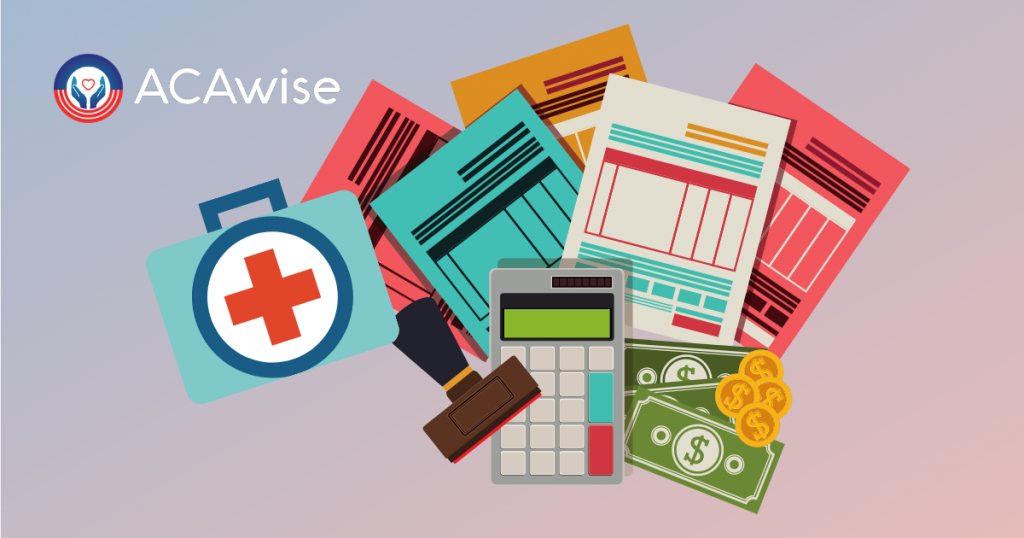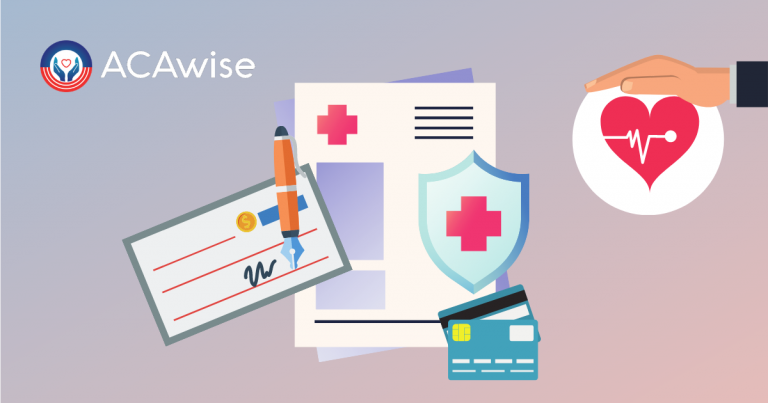Estimated reading time: 10 minute(s)

The ACA requires that applicable large employers (employers with 50 or more full-time equivalent employees) must report their health insurance offerings to the IRS. One of the main reasons for this reporting is to prove that these employers are providing health insurance coverage that fits the ACA guidelines for affordability.
You may wonder, how can employers prove affordability to the IRS? They do this through the use of Safe Harbors.
What Is A Safe Harbor?
A Safe Harbor is a method by which employers are able to prove that the health insurance that they offered to their employees was affordable. The ACA requires that affordable healthcare can be no more than 9.86% of an individual’s household income.
Where Do You Provide Safe Harbor Information?
A large applicable employer must provide a form 1095-C form for each of their employees. They must send out recipient copies to each of their employees as well as filing each copy with the IRS.
This form basically summarizes the employee’s health insurance coverage on a month to month basis throughout the year. From a series of codes on this form, the IRS can tell when the offer of health insurance was made to the employee as well as whether they accepted and maintained the coverage.
On line 15 the employer has the chance to use a safe harbor method to prove the affordability of their employee-sponsored health insurance. There are three different safe harbors that employers use to test affordability.
What Is Rate Of Pay Safe Harbor

This method proves affordability based on hourly wages or monthly salaried rates. When using this method, an employer must calculate this every month for complete accuracy.
To calculate this method for an hourly employee, the employer must take the lowest hourly rate of pay and multiply it by 130. The minimum hours worked by a full-time employee is 130 in a month.
For a salaried employee, the employer must calculate this method by multiplying the monthly salary by 9.86. This will ensure that the employee is paying no more than 9.86% of their monthly earnings on health insurance.
What Is The W-2 Safe Harbor
This method proves affordability based on gross income. This method is not necessarily the easiest because the employer is depending on information that won’t be gathered until the end of the year.
Therefore, the test is unable to be performed every month. If your employees have very predictable earnings from month to month, then this method may work for your business.
What Is The Federal Poverty Line Safe Harbor
The federal poverty line or FLP safe harbor is calculated based on the annual household income. The poverty line is assessed and determined annually by the federal government. This is considered by many employers to be the easiest method of proving affordability.
This method is also ideal for businesses with a varying workforce and many seasonal workers. To calculate this method, the employer takes the federal poverty line amount for one individual and divides it by 12. Your employee’s monthly premium can’t be higher than 9.86% of this amount.
Let ACAwise Generate Your Codes
Safe Harbors are a complex aspect of ACA reporting. There are a series of specific codes to indicate which of the safe harbors an employer is using.
Even if you know that you are offering affordable health insurance and testing this successfully using one of these methods, you can still make mistakes when generating your 1095-C.
That’s where ACAwise comes in! You give us your employee data and we can generate all of your forms for you! We know the codes that you need and we can guarantee your ACA compliance.




Leave a Comment